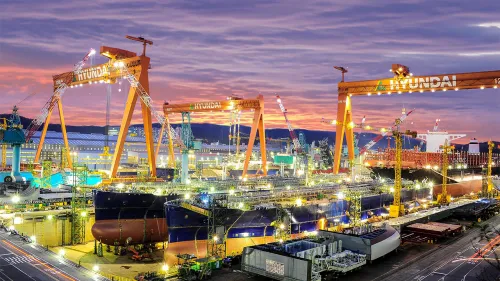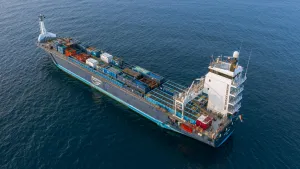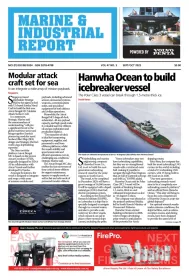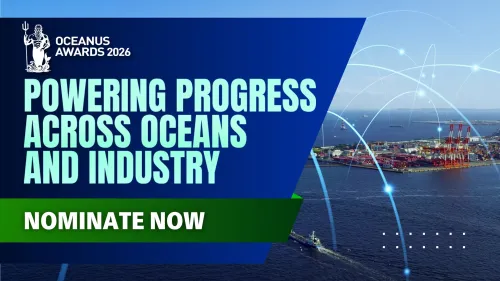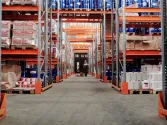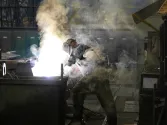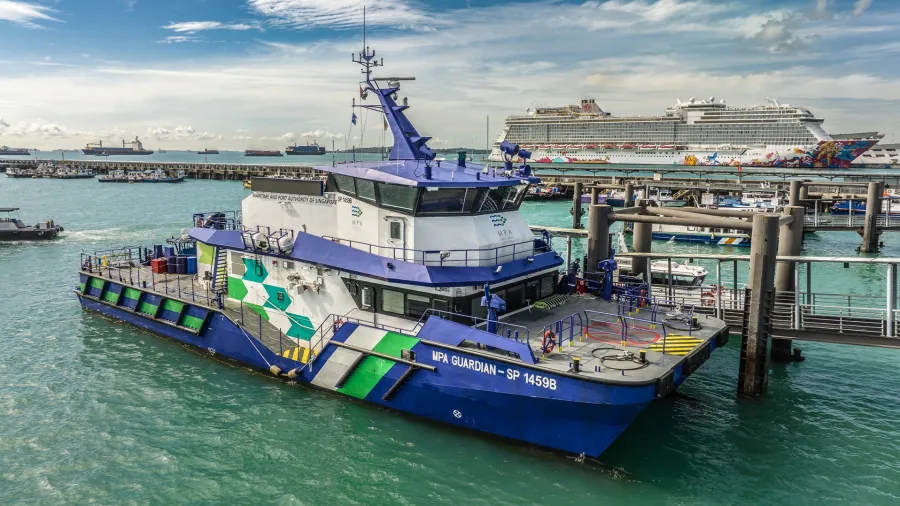
SIT, Rolls-Royce launch $15.4m tech trial of hybrid vessel
The 34-metre ship will test tools that predict maintenance needs and improve fleet performance.
The Singapore Institute of Technology (SIT) and Rolls-Royce Holdings PLC are testing smart features on the MPA Guardian vessel as part of a $15.4m (S$20m) programme to develop high-tech tools for managing hybrid and crewless vessels over five years.
“We hope to demonstrate real-time results to improve fuel efficiency, reduce emissions, and enhance safety and performance,” Tay Chuan Beng, acting cluster director of engineering at SIT, told Marine & Industrial Report.
The 34-metre hybrid, multipurpose patrol ship will serve as a platform for testing tools that help predict maintenance needs and improve fleet performance, he said in an emailed reply to questions.
“The trial also aims to detect problems in key parts of the ship early, using an equipment health monitoring system,” he added.
Launched in 2024 by the Maritime and Port Authority of Singapore and Singapore Maritime Institute, the Future Ship & System Design programme seeks to boost the country’s electric harbour craft sector by promoting sustainable ship design and cutting greenhouse gas emissions.
However, the maritime industry still faces challenges in reducing its carbon footprint, said Bartosz Kowalinski, a marine automation manager at Rolls-Royce Power Systems.
“As a result, the systems that power and move ships through the water, called propulsion systems, are becoming more complex, yet they must be operated by a smaller crew,” he said in an emailed response. “The MPA Guardian is a vessel equipped with an advanced hybrid propulsion system.”
The ship will be fitted with Rolls-Royce’s mtu NautIQ Foresight for continuous monitoring using sensors, edge computing, and cloud analytics.
“Mtu NautIQ Foresight will be used as a foundation for rapid prototyping, customer feedback, and a sandbox for testing new ideas,” Kowalinski said. “One of the programme’s outcomes will be the development of new functionalities for the platform.”
In line with this, SIT plans to expand the platform’s scope to monitor electrical sub-systems using adaptive artificial intelligence (AI) algorithms and failure analysis tools.
“We're working on real-life FMECA (failure modes, effects, and criticality analysis) models that work on live data to improve failure prediction accuracy and provide intelligent alarms to operators,” Tay said.
Aside from system performance, the team seeks to build semi-autonomous decision-support systems that are transparent and can be audited.
“We're incorporating explainable AI,” Tay said. “Operators retain final control, with the system providing decision support, particularly in complex or uncertain scenarios.”
One key hurdle is complying with maritime regulations that may not yet account for AI-enhanced or autonomous tech, Kowalinski said. Acceptance amongst fleet managers and captains is another.
“Addressing this will involve working closely with regulatory bodies to ensure compliance and facilitate the adoption of innovative solutions,” he added.
